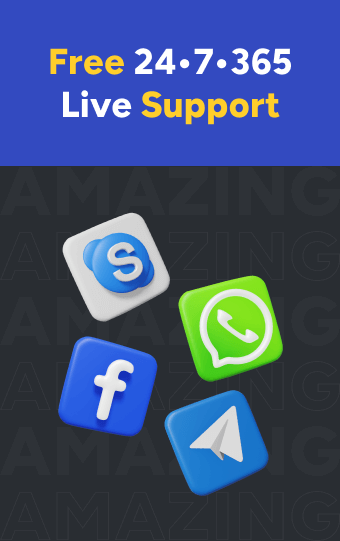In today’s interconnected world, the ability to access and manage remote systems efficiently is crucial for businesses, IT professionals, and even casual users. Remote Desktop Protocol (RDP) stands out as a powerful tool in this regard, offering seamless access to remote computers. But what exactly is RDP, and how does it enhance our digital experiences?
What is Remote Desktop Protocol (RDP)?
Remote Desktop Protocol (RDP) is a proprietary protocol developed by Microsoft that allows a user to connect to another computer over a network connection. RDP provides a graphical interface to the user for connecting to another computer, which is essential for remote management, troubleshooting, and accessing files and applications.
Key Features of RDP
- Graphical User Interface (GUI) Access: RDP provides users with a familiar graphical interface, making it easier to navigate and operate remote systems as if they were physically present.
- Security: RDP includes features such as encryption, smart card authentication, and Network Level Authentication (NLA) to ensure secure connections and protect sensitive data from unauthorized access.
- Resource Redirection: With RDP, users can redirect local resources like printers, drives, and audio to the remote session, enhancing the functionality and convenience of remote work.
- Multiple Display Support: RDP supports multiple monitors, allowing users to use several screens during their remote sessions, which is particularly useful for multitasking and complex workflows.
- Clipboard Sharing: The protocol allows for clipboard sharing between the local and remote computers, making it easy to copy and paste text, images, and files across systems.
Applications of RDP
- IT Support and Administration: IT professionals use RDP to manage servers, troubleshoot issues, and perform maintenance tasks on remote systems without needing to be physically present.
- Remote Work: Employees working from home or in different geographical locations can securely access their office desktops, ensuring continuity and productivity.
- Education: Educators and students can use RDP to access educational resources, software, and virtual labs from anywhere, facilitating remote learning.
- Healthcare: In healthcare, RDP enables doctors and medical staff to access patient records and diagnostic tools remotely, enhancing telemedicine capabilities.
Setting Up and Using RDP
To use RDP, both the client and the server must have RDP functionality enabled. Here’s a basic overview of the setup process:
- Enable RDP on the Host Machine:
- On Windows, navigate to System Properties > Remote settings, and select “Allow remote connections to this computer.”
- Ensure that the user accounts you intend to use have the appropriate permissions.
- Configure Network Settings:
- Ensure that the host machine’s firewall allows RDP connections.
- Configure your router to forward RDP traffic if you need to connect from outside your local network.
- Connect Using RDP Client:
- On the client machine, open the Remote Desktop Connection application.
- Enter the IP address or hostname of the remote computer, along with the user credentials.
- Initiate the connection and start interacting with the remote desktop.
Security Considerations
While RDP is a powerful tool, it can also be a target for cyber-attacks. Here are some best practices to enhance security:
- Use Strong Passwords: Ensure that all accounts with RDP access have strong, unique passwords.
- Enable Network Level Authentication (NLA): This adds an additional layer of security by requiring users to authenticate before establishing a full connection.
- Keep Software Updated: Regularly update your operating system and RDP client software to protect against vulnerabilities.
- Use VPN: Consider using a Virtual Private Network (VPN) to encrypt your RDP traffic and reduce the risk of interception.
Conclusion
Remote Desktop Protocol is an indispensable tool in today’s digital landscape, enabling efficient remote access and management of computers. Whether you’re an IT professional, a remote worker, or simply someone who needs to access their home computer while on the go, RDP provides the flexibility and functionality required to bridge distances and enhance productivity. By understanding its features, applications, and security measures, you can leverage RDP to its full potential while keeping your connections secure.



